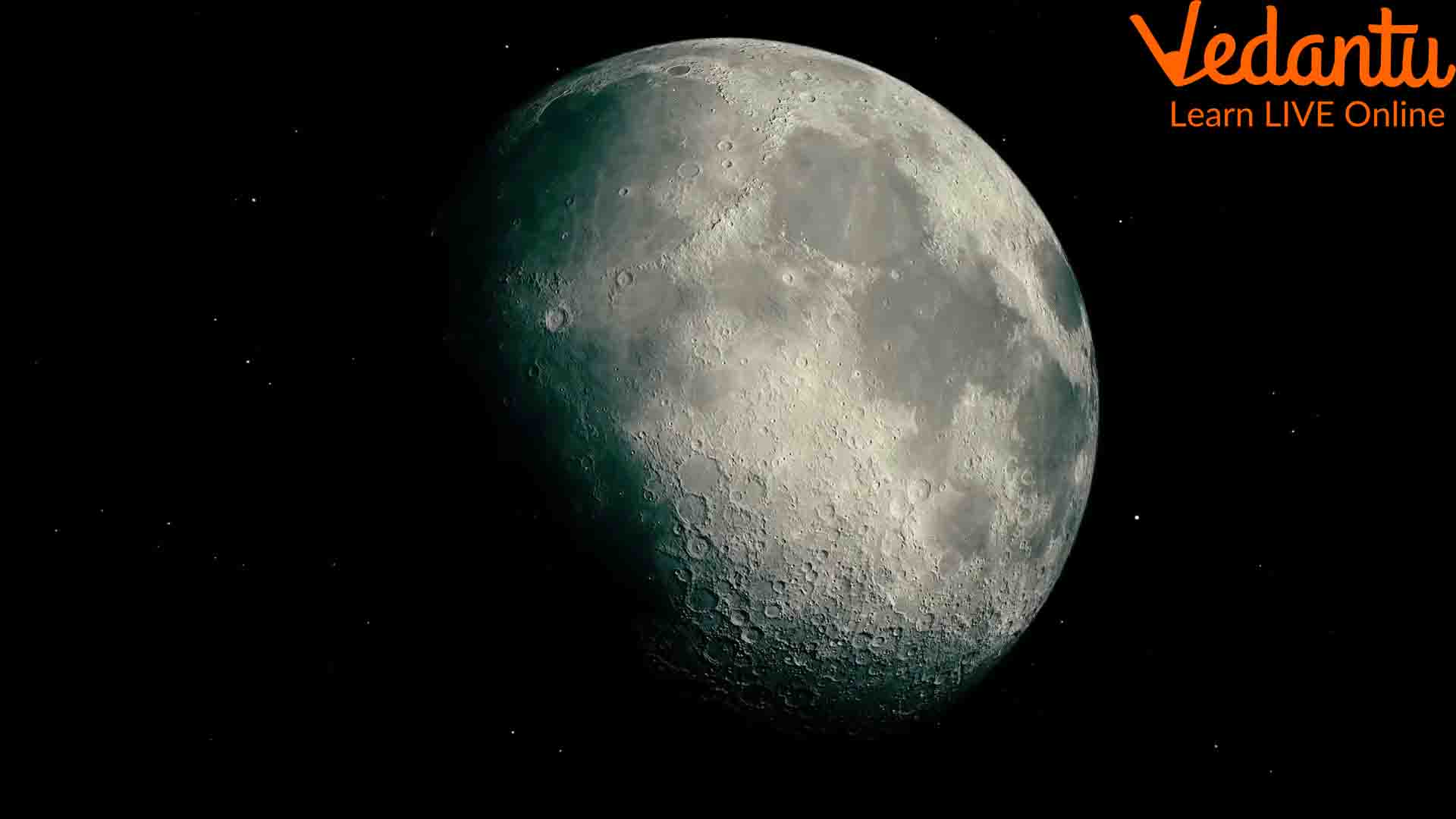Here is Why the Moon is Suffering Corrosion and Rusting
The Moon is slowly rusting and experiencing corrosion. Yes! You are not the only one to be surprised by this news. The whole world is! It seems scientifically impossible to understand as rusting needs atmospheric oxygen and moisture. This is a general convention that we have studied in Science classes. So, what is happening with the Moon?
It takes on a different question that arises in our minds. What is the Moon made of? Why are the constituents on the Moon’s surface experiencing such natural phenomena? Let us delve deeper and find out the reason why Moon rusting is happening.
How is Rust Formed?
To understand this surprising fact, let us learn what rusting is first. It is a chemical process where iron forms a red oxide due to its interaction with oxygen in the presence of moisture. It is a slow process but causes immense harm to the industrial infrastructure. So, what does it have to do with the rusting of the Moon? Does the Moon contain iron? We all know that corrosion and rusting can cause drastic changes. Does it mean the Moon will cease to exist? Let us find the answers.
The Latest Discovery of Moon Rusting
The new research conducted by the Indian Space Research Organisation (ISRO) of India by sending the Chandrayaan 1 (a lunar space mission) found evidence of the presence of haematite, a naturally occurring iron ore on the surface of the Moon.
Haematite is an iron oxide with the formula Fe2O3. It forms when iron chemically reacts with oxygen. It is reddish-orange in colour. We can easily find this oxide in rusted iron instruments at home. In fact, there is a lot of evidence of the presence of this oxide in mines and even in the Grand Canyon. You will be surprised to know that the abundance of haematite makes Mars, our closest planetary neighbour, appear red in colour.
The occurrence of iron on the surface of Mars converted into oxide billions of years ago during its formation. It led to its natural red colour. It also suggests that Mars has an atmosphere with oxygen in it. Well, it is extremely thin and contains only 1% oxygen and 95% carbon dioxide. Does it mean the Moon has an atmosphere with oxygen in it? In fact, rusting is a process that needs moisture. It means Mars had a water source at some point that resulted in the entire planet going through a massive rusting phase.
Discussing the red colour of Mars makes us think about whether our Moon will also become a similar celestial object someday. Before jumping to such conclusions, we need to figure out how the Moon’s surface is rusting without the presence of oxygen and moisture.
Is the Moon Rusting?
There are numerous explorations done to collect samples of the Moon’s surface. These explorations are manned and unmanned. To date, we have not found a trace of water on its surface. As there is no atmosphere on this celestial body, there is no way water can remain liquid. The temperature at the Moon’s surface can reach 127°C in the illuminated areas.
Now that we know the hematite meaning, we can clearly conclude that the rusting process will need an oxidising agent to form this oxide of iron. We have concluded that the Moon’s surface contains a high amount of iron. So, where do oxygen and moisture come from?

Why is the Moon Rusting?
Also Read: Phases of Moon and How to Identify Them
On the other hand, the thrusting of solar winds brings hydrogen to the surface of the Moon. Hydrogen is a reducing agent. It donates its electron to other atoms. This chemical reaction is exactly the opposite of rusting. Until now, we do not have a proper conclusion about the rusting of the Moon. Despite these facts, evidence suggests that the Moon is going through a rusting phase.
Scientists across the world started to look for the answer. The only explanation we have got is the solar winds and the Earth’s magnetic field. Like the Moon, we are constantly hit by the solar winds resulting in the formation of a streamlined magnetic tail.
It is formed when the solar winds are deflected by the ionosphere. In this tail, a portal or a celestial ride is developed that transports the oxygen available at the topmost layer of our atmosphere. Imagine that this minute level of oxygen travels 239,000 km and causes oxidation of the iron present on the Moon’s surface for billions of years. Well, this explains the rusting Moon!
A Full Moon Means More Oxidation
During a full Moon, the Earth is right in between the Moon and the Sun. Hence, the solar winds get blocked 99% by the Earth. It also means that the intensity of the magnetic tail will be multiple times higher.
It results in carrying more oxygen to the Moon’s surface. The drifting of oxygen from our atmosphere to the Moon is something we cannot even imagine due to the huge spatial distance. Now that we know how oxide rust will form, what about the moisture?
Scientists speculate that water is not coming from the hidden craters on the Moon. It might be due to the space dust bombarding the Moon’s surface that is unlocking the locked water molecules in the surface particles. How fascinating is that?
An Exciting Explanation of Moon Rusting
This is a very slow process indeed. The freeing of water molecules from the surface particles is also very slow. Despite this fact, we have evidence that our Moon is rusting. Don’t worry, it is not corroding. Neither will it take the red colour. All these hypotheses are not proved yet. Scientists are still looking for viable answers. Let us wait to find the actual reason behind the rusting of our neighbour.







